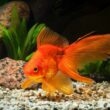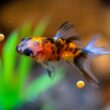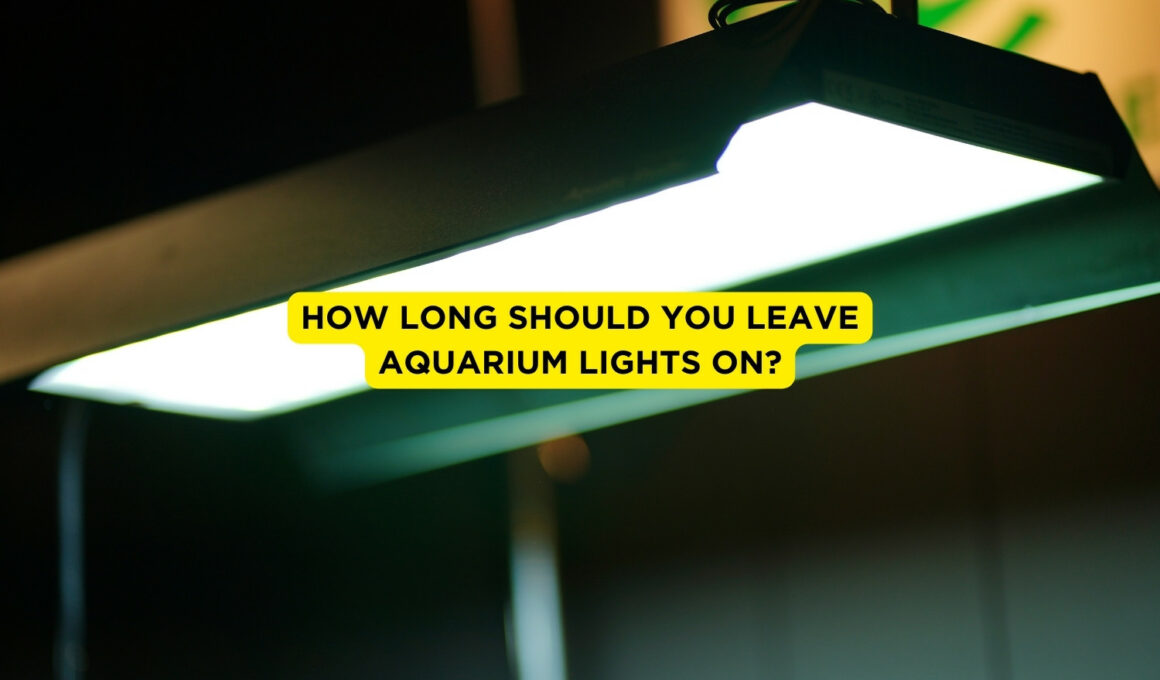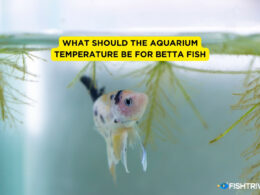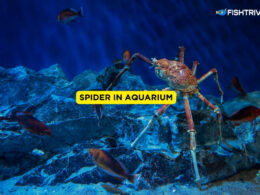In this article Show
Just assume, the best fish tank lighting on Amazon or in the market has been decorated for your aquarium. You are not only amazed by the illumination but also by your colleagues.
Even in your mind, it looks pretty great. Then, let us end your fantasy there. Since you have time to read a few valuable details about aquarium lighting.
This is a common error among most pet fish owners. Let aquarium illumination during the night. Yeah, it will look great for your aquarium, but you have several long-term difficulties.
Aquarium illumination is both a style characteristic and a functional prerequisite. The soft inner lighting of a lighted aquarium makes it a lovely decoration feature. And your aquarium needs light to survive both for fish and live plants.
However, it can be difficult to decide how much light fish and plants require and to monitor the volume. Let us take a closer look at a few fixtures, that provide ample full-spectrum lighting in line with your tank needs, to understand the needs of your aquarium light better. Let’s get started.
Also worth reading;
- Cleaning Fish Tank With Vinegar: Step By Step Guides
- Brown Algae: What is it? & The Best Way to Remove it From Your Tank
- How to Get Rid Of Detritus Worms In Aquariums
- What to Raise In a 55-Gallon Aquarium (Besides Fish)
- How to Reseal a Fish Tank – Explained Step-by-Step
Is Lighting Needed?
Not just fish, light would be required for every aquatic being in your aquarium. To live, all living creatures require light.
You certainly need light if you want to admire the aesthetics of your fish in the aquarium. Not just that, but even after a few hours of obscurity to rest and relax, you need the light to sleep and indulge in other fishing activities.
Also, in the absence of sufficient light, certain fish species such as goldfish may fade. One important thing to bear in mind, though, is that different freshwater fish have different light requirements.
How Much is Needed?
In general, eight to 12 hours of light are expected every day, but ten hours are a decent starting point for aquarium lighting.
This, though, is a wide variety, and the amount of ambient lighting available in the space, the types of fish in your aquariums, and the algae level in the aquarium depend on certain factors, such as the number and form of live plants in an aquarium.
It is really important to decide the algae amount. Because too much of light will allow the algae to grow on a wide scale, you must have the aquarium lighting with these things in mind.
Light Requirement For Different Species
Yes, it is a must for every living being to be in the light as well as fish. But not every fish requires the same amount of light.
They all have their demand. For example, tropical fish species get around 12 hours of lighting each day, therefore, logic suggests they will also need 12 hours of lighting each day to replicate their natural environment.
Just like that, in your aquarium, you have to level your luminance as per the type of your fish. As we mentioned earlier point. A few species, such as the cichlids survive best in low-lit environments. Too much supplemental lighting for these types of fish in the aquarium may affect them negatively.
Does Aquarium Size Matter?
Yes, that’s the main determinant of the necessary amount of light. Let’s have a short brief for you. Your aquarium’s water capacity determines its size. The larger the aquarium, the more light is necessary.
Too little light will stop the fish and plants’ growth while excessive light will allow excessive algae to grow. So the size is significant! Some of your fish might need warmer water for their survival.
Perhaps only lights are not necessary. In your aquarium, you will also need to position a radiator.
Does The Type of Water Matter?
For various tank types, the specifications for aquarium lighting vary. The last light is needed for saltwater tanks. Most of the lighting in a fish-only tank is just to boost the aquarium’s aesthetics.
A vast majority of saltwater fish and invertebrates like crabs, hermit crabs, and shrimps don’t even need any light at all for them to go about their lives.
Fresh daylight and warming rays from rainforest climates are used for fish populations emerging from rivers, streams, or clear lakes. This in turn affects the water element’s density. The water of the river has virtually zero salts. Therefore, less light is needed to heat up. The fish from rivers are therefore adapted, and they have to survive in the tank in the same way.
Light Effect On Alage Grow
We further said the concept before, but let it be detailed here. Therefore, measuring algae levels will allow you to assess the adequacy of your light levels. Short the cycles of light to retard the growth of algae if you start to see abundant algae. But note, for aquarium plants, you don’t want much light on.
Where excess algae are a concern in the tank, it is always too bright to contribute. Too much light is responsible for the production of more algae. Direct sunlight is more likely than artificial light to produce algae.
In aquariums next to a sunshine window, less additional light could be required than one within. Reduce aquarium lighting to 8 hours or a little less if necessary, to help reduce the growth of algae.
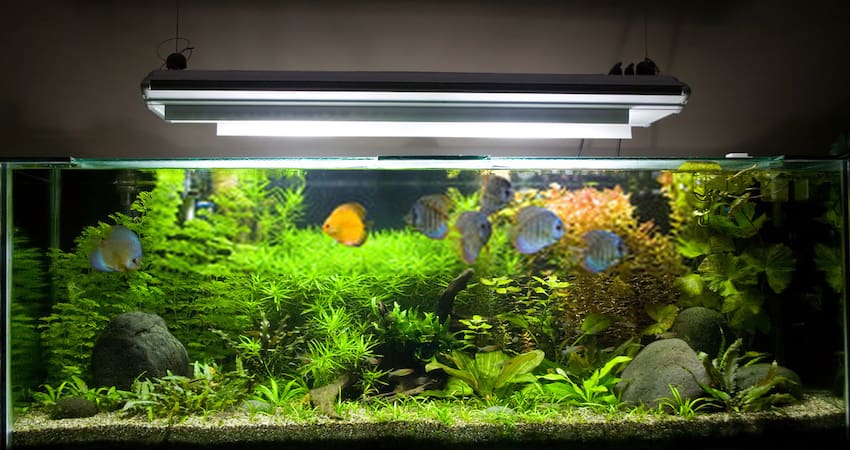
Does The Lighting Of The Room Matter?
The time to operate your water lights depends on the amount of ambient light in the room. You might also not require any more illumination whatsoever. Suppose your tank is in bright south-facing daylight with several windows or an engaged living room with overhead lighting and lamps.
You definitely won’t have to run the supplementary light all day long. You would need to adjust the water lights a few hours a day, particularly late at night, as ambient room lighting isn’t direct.
The illumination demands of an aquarium in a beautifully lit space are still minimized considerably. This way, an aquarium is rarely necessary for 8-12 hours with artificial lights in a space with lots of ambient light. Every day should be enough to keep the lights on for a few hours.
Now the most important question !!!
Should The Lights Be On?
For fish and plants, adequate aquarium lighting is necessary but the time of obscurity enables them to rest and fill. So it is recommended that the aquarium lights are switched off at night to simulate natural light cycles in plants and fish.
Sleep and fish are also required for any animal. Then this setting must be provided to them. The part that makes you do this is to be found in day and night preparation.
If your fish get restless, turn the overhead light off an hour before the tank lights. The fish eyes should therefore adjust for an hour before complete darkness to the lower setting of light.
Keep the prescribed light on for 8 to 12 hours and then turn the light off to imitate the normal cycle of day and night.
From the above-elaborated point, we can decide that it would not be wise to keep your aquarium light on all night. Yes, for some fish, it may be necessary. But you have to which to do, and which not to.
Conclusion
Make sure the living plants are in the substrate well anchored. Don’t plant in huge chunks. Plants require space to expand and all the branches and leaves are fully illuminated. Your fish must be able to swim cleanly in your aquatic plants and around them.
Your lights are meant to stay on, and you are blocking the solution to the crowd … the solution is a successful light schedule.
Since light will significantly impact your fish’s well-being, raise temperature levels, or allow algae to rise to high levels, the time limit you put on the light in your tank is highly important to track and regulate.
A significant feature of room decoration is made of a well-lit aquarium. Furthermore, the aquarium needs light to survive both fish and live plants. Identify how much light is in your hands with your fish and plants.




